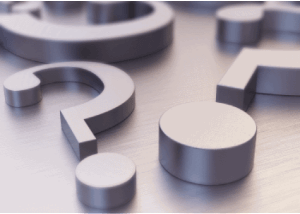
Here are some questions that executives are asking today:
• Which of our customers are most likely to terminate the services we provide? What steps could we take now to remediate this and allow for an intervention before they quit?
• Of all the prospects our sales team are speaking to, which ones are most / least likely to buy? How can we align our sales team’s time with those most likely to buy?
• Which of our current customers are most likely to buy some of our other products or services? Which products / service should we try to cross-sell to which customers?
What organization couldn’t benefit from making better decisions?
 The Obama campaign back in 2012 used sophisticated uplift modeling to target and influence swing voters. Cellular companies use predictive analytics to help prevent customer churn and allow for proactive intervention. Police departments use it to reduce crime as we see in many major metropolitan cities. The list goes on and on and on. Virtually every organization could benefit from Predictive Analytics.
The Obama campaign back in 2012 used sophisticated uplift modeling to target and influence swing voters. Cellular companies use predictive analytics to help prevent customer churn and allow for proactive intervention. Police departments use it to reduce crime as we see in many major metropolitan cities. The list goes on and on and on. Virtually every organization could benefit from Predictive Analytics.
There is significant differences between traditional business intelligence (BI) and predictive analytics. BI is about reports, dashboards, and advanced visualizations while Predictive uses algorithms and models on large and small data sets alike to predict outcomes. Predictive analytics is not about absolutes; it doesn’t guarantee an outcome. It’s about probabilities. For example, there is a 76% chance that this person will click on this display ad. Or there is a 45% chance that this customer will leave within the next three months. Or there is a 56% chance that this customer will buy at a certain price. Or there is a 75% chance that this part will fail. Good stuff, but it’s hard to understand and harder to do. It’s worth it, though: Organizations that employ predictive analytics can dramatically reduce risk, increase customer loyalty, improve their competitive position and increase revenues.

